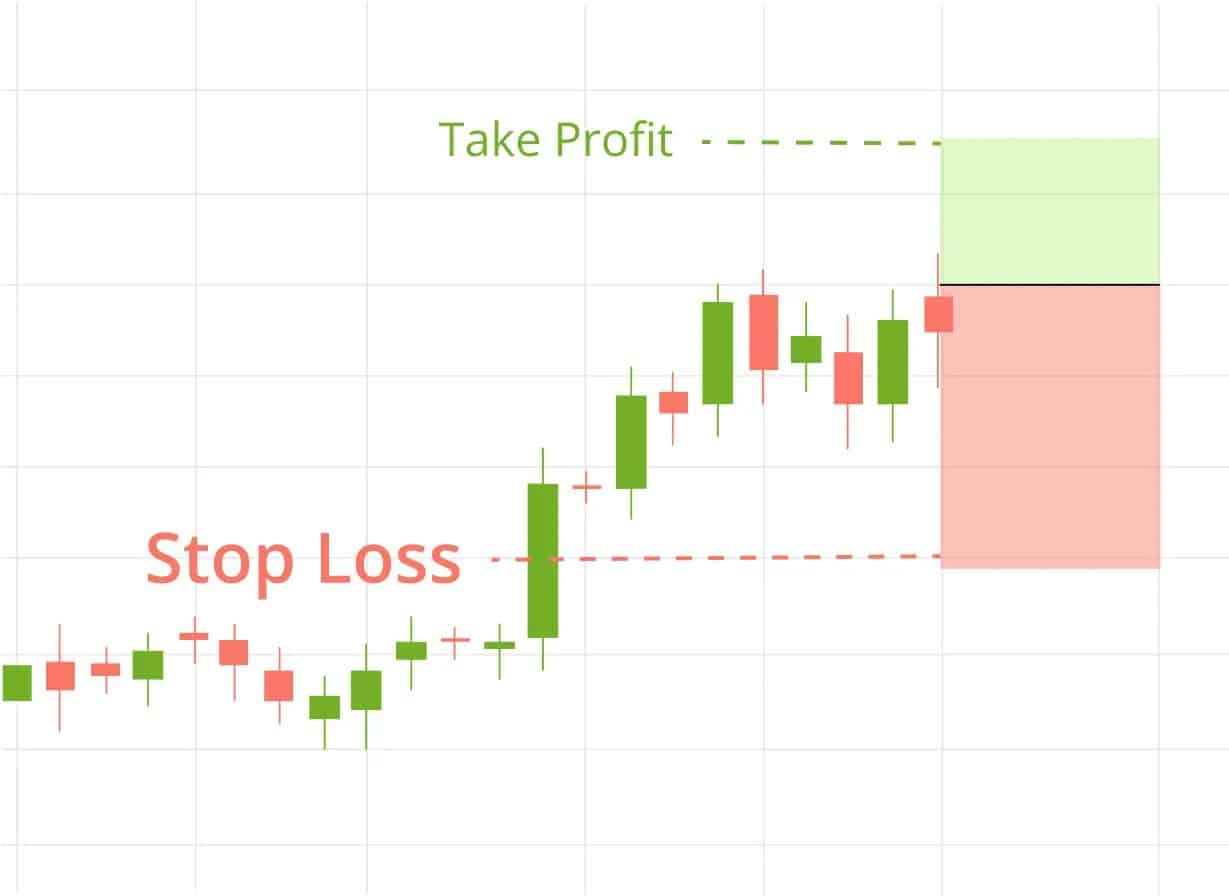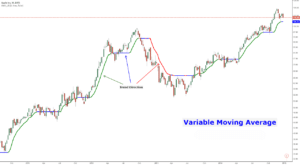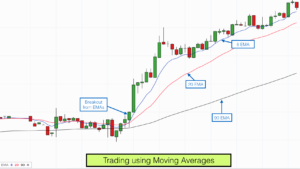In the dynamic and volatile world of forex trading, success is often determined by a trader’s ability to manage risk effectively. One crucial tool that aids in risk management is the use of stop-loss and take-profit orders. These orders serve as essential components of a trader’s strategy, helping them navigate the unpredictable currency markets. In this comprehensive guide, we will delve into the intricacies of stop-loss and take-profit orders, exploring how traders can employ these tools effectively to enhance their trading performance.
Understanding Stop-Loss Orders
A stop-loss order is a risk management tool that enables traders to limit potential losses by automatically closing a position at a predefined price level. By setting a stop-loss order, traders establish the maximum amount of capital they are willing to risk on a particular trade. This approach is crucial in protecting traders from significant losses in the event that the market moves against their position.
Key Considerations for Setting Stop-Loss Orders
- Volatility Assessment: Before placing a stop-loss order, traders must evaluate the volatility of the currency pair they are trading. More volatile pairs may require wider stop-loss levels to accommodate price fluctuations, while less volatile pairs may allow for tighter stops.
- Technical Analysis: Utilizing technical analysis tools such as support and resistance levels, trendlines, and chart patterns can help traders identify suitable points for placing stop-loss orders. Setting stops just beyond key technical levels can increase the likelihood of avoiding premature exits.
- Account Size and Risk Tolerance: The size of a trader’s account and their risk tolerance are critical factors in determining the appropriate placement of stop-loss orders. It is generally recommended to risk only a small percentage of the trading capital on any single trade to ensure longevity in the market.
- Market Conditions: Traders should adapt their stop-loss levels to prevailing market conditions. During periods of heightened volatility or news events, widening the stop-loss may be prudent to prevent premature triggering due to market noise.
Understanding Take-Profit Orders
While stop-loss orders protect traders from potential losses, take-profit orders enable them to secure profits by automatically closing a position at a predefined price level. Establishing a take-profit level is essential for capitalizing on favorable market movements and preventing the reversal of gains.
Key Considerations for Setting Take-Profit Orders
- Profit Targets: Traders must set realistic profit targets based on market analysis and their risk-reward ratio. A favorable risk-reward ratio ensures that potential profits outweigh potential losses, contributing to a sustainable trading strategy.
- Market Conditions and Trends: Assessing the current market conditions and identifying trends can aid traders in determining suitable take-profit levels. In trending markets, traders may opt to let profits run by using trailing stop-loss orders, while in ranging markets, taking profits at key support or resistance levels might be more appropriate.
- News and Economic Events: Being aware of upcoming news and economic events is crucial when setting take-profit orders. Unexpected announcements can lead to sudden market movements, making it essential for traders to secure profits ahead of such events.
- Partial Profits: Traders may consider taking partial profits at certain levels and adjusting the stop-loss for the remaining portion of the position. This approach allows for capitalizing on immediate price movements while maintaining exposure to potential further gains.
Combining Stop-Loss and Take-Profit Orders
Achieving a balance between stop-loss and take-profit levels is crucial for constructing a robust trading strategy. This involves aligning these orders with the trader’s overall risk management and profit objectives. The key is to strike a harmonious equilibrium that maximizes potential gains while minimizing losses.
- Risk-Reward Ratio: A fundamental principle of successful trading is maintaining a positive risk-reward ratio. This means that potential profits should consistently outweigh potential losses. By aligning stop-loss and take-profit orders to achieve a favorable risk-reward ratio, traders increase their chances of long-term success.
- Adaptability: The forex market is dynamic, and traders must be adaptable in their approach. Regularly reassessing and adjusting stop-loss and take-profit levels based on changing market conditions, news events, or new technical signals is essential for staying ahead of the curve.
- Backtesting and Analysis: Traders should conduct thorough backtesting and analysis of their strategies to determine the optimal placement of stop-loss and take-profit orders. This process helps refine and improve trading plans, identifying patterns of success and areas for adjustment.
- Emotional Discipline: Emotions can significantly impact decision-making in trading. By relying on predetermined stop-loss and take-profit levels, traders can reduce emotional interference and stick to their trading plan, fostering discipline and consistency.
Effectively utilizing stop-loss and take-profit orders is a cornerstone of successful forex trading. These risk management tools empower traders to navigate the complexities of the currency markets with a strategic approach. By carefully considering market conditions, conducting thorough analysis, and maintaining discipline, traders can strike a balance between protecting capital and maximizing profits. In the ever-evolving world of forex, mastering the art of stop-loss and take-profit orders is a crucial step towards achieving sustainable trading success.
Let’s Manage Your Forex Funds With Fx Pips Guru!
Fx Pips Guru is a forex fund management company managing client’s funds based on monthly profit share. Let’s do Live Chat with our experts.




